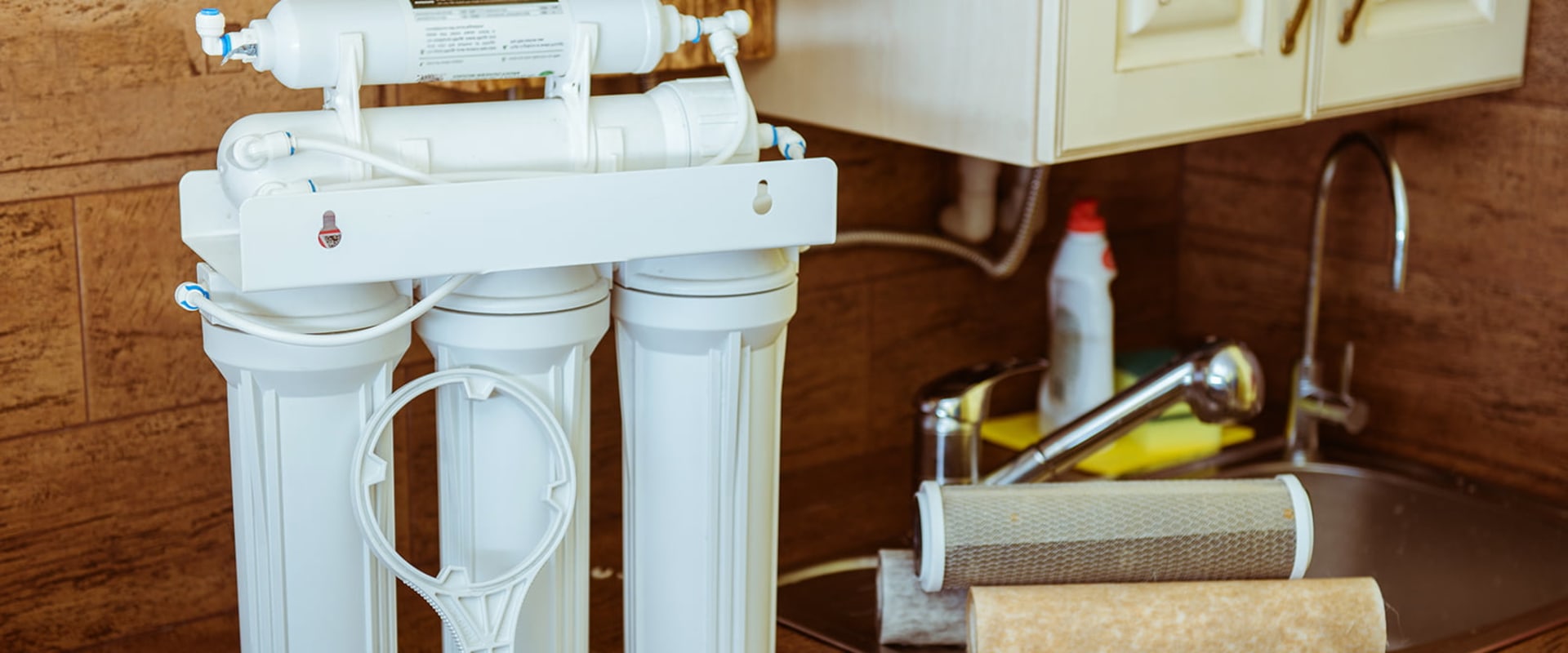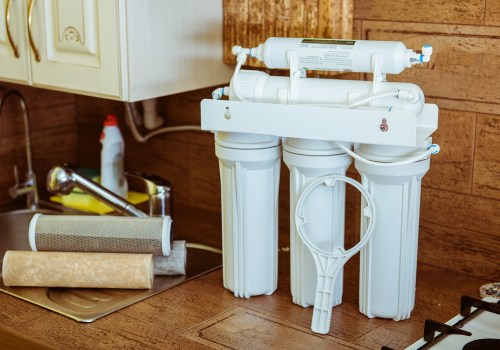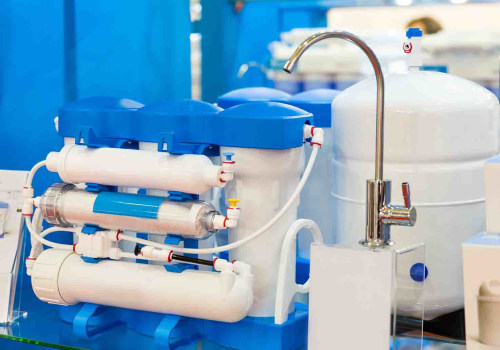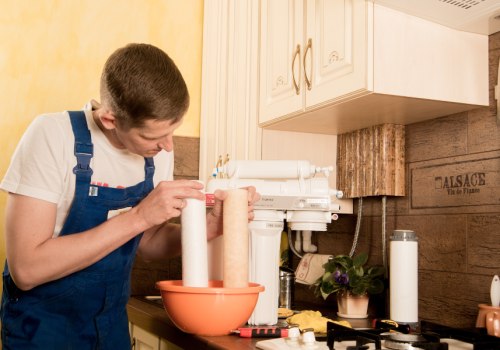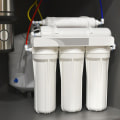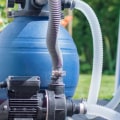When it comes to selecting the ideal water filtration system for your home, there are a few key points to consider. Under-sink water filters and reverse osmosis systems are two of the most popular options on the market, but they differ in terms of filtration method and contaminant removal capabilities. Unlike reverse osmosis systems, water filters for under the sink are designed to target only contaminants through the use of specific filters. All essential minerals, such as calcium, remain intact.
This makes them a great choice in homes where water is high in minerals. Reverse osmosis systems use a separate faucet, however, filters that use the main faucet may experience a slight decrease in water flow. Flow is measured in gallons per hour (GPM) and can range from 0.8 to 2 GPM. The flow rate of the product will not only be determined by its performance, but also by the pressure in the home and by the number of people using it. The best way to guarantee pure drinking water is to invest in a drinkable filtration system.
The following water filter guidelines and considerations will help provide the most informed option. This makes it perfect for cases where the water supply contains a large number of different contaminants, which can make filtration with normal systems expensive and prone to failure. For example, reverse osmosis systems must be connected to a drain line, and many reverse osmosis systems have a water storage tank. This waste can be reduced thanks to modern technologies, such as a permeate pump, which increases water pressure. A reverse osmosis system is made up of several different components, such as a check valve and an ASO.
A combination of a reverse osmosis water filtration system for under the sink and a carbon filter is the best way to remove toxins from tap water. Compared to reverse osmosis systems, normal water filters for under the sink are relatively inexpensive and are widely available in different models and configurations. The water filters under the sink are connected to a cold water line, filtering the water before it reaches the faucet. While reverse osmosis systems may be packaged as under-sink models, the standard under-sink filters on the market use more basic filtration methods, such as activated carbon. These filters cause water to cross a semipermeable membrane to block synthetic chemicals, such as PFAS (polyfluoroalkyl substances or “chemicals for ever”), which have been linked to cancer, high cholesterol and learning delays in children.
Whole-house water treatment devices treat all the water that enters the house, not just the water that is used for drinking. If you live in an area with serious pollution problems, a reverse osmosis system is often your best option if you want to ensure that the water is as clean as possible. The reduction of contaminants improves as water remains in contact with the environment for a longer period of time. The contaminant removal properties of a water filter for under the sink depend on the specific filtration system you use. The main difference between water filters for under the sink and reverse osmosis systems is the filtration method. Under-sink filters use specific filters to attack only contaminants while leaving essential minerals intact.
On the other hand, reverse osmosis systems use a separate faucet and require connection to a drain line with a storage tank. However, if your water contains heavy metals such as lead, nitrates, and other hazardous impurities, you'll probably want to look for a more advanced filter. When deciding between an under-sink or whole house reverse osmosis (RO) system for your home's water filtration needs, it's important to consider factors such as flow rate (measured in GPM), contaminant removal properties, cost efficiency and ease of installation. Taking all these factors into account will help you make an informed decision that will provide you with clean and safe drinking water for years to come.
